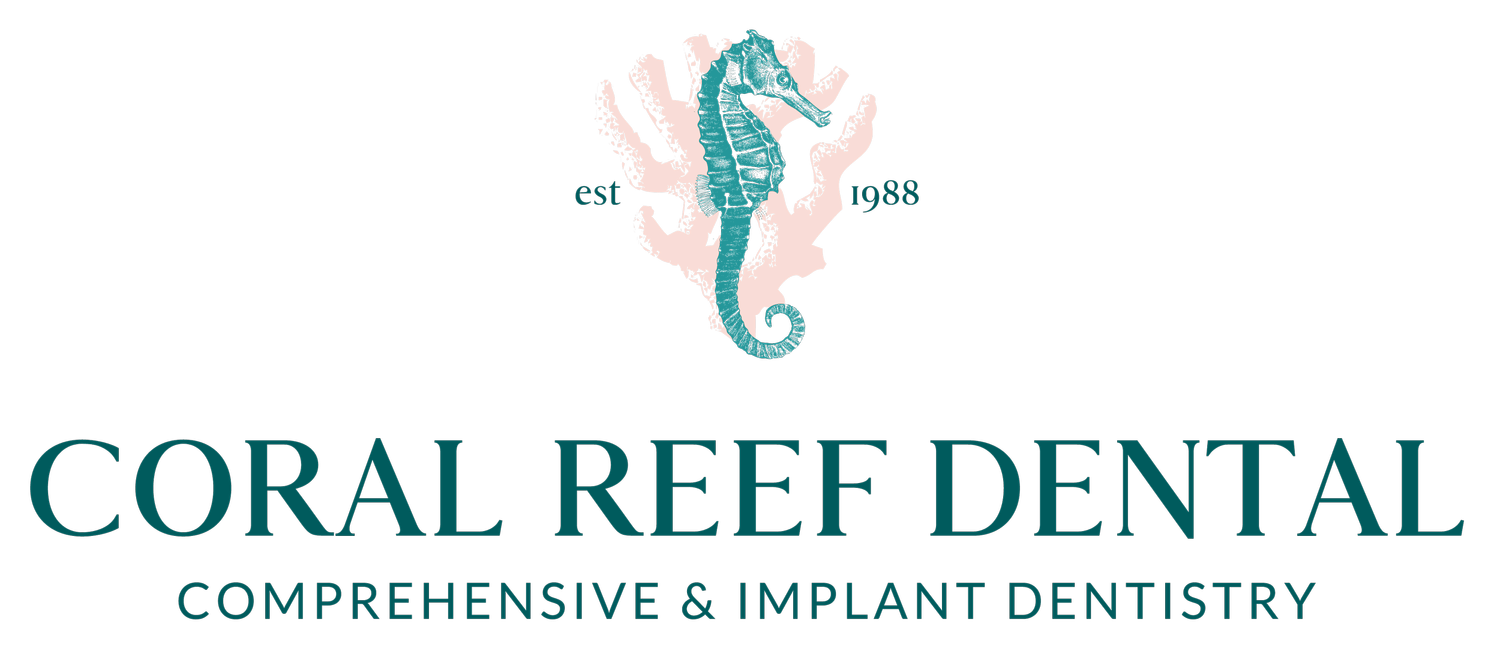What Are the Stages of Periodontal Disease?
Long before you notice loose teeth and bone loss, the earliest stages of periodontal disease may present with more benign signs and symptoms that are easy to overlook. But bad breath, swollen gums, and tooth sensitivity shouldn’t be ignored. Join us for a detailed look at the five stages of periodontitis to help you avoid complications from advanced gum disease.
What is periodontal disease?
Periodontal disease, also known as gum disease or gingivitis, is characterized by inflammation and sensitivity of the gums. If left untreated, it can progress into periodontitis. Gum disease has also been linked to a host of other medical conditions, including heart disease, stroke, and respiratory disorders. Here are a few key points to consider:
What causes periodontal disease?
Poor oral hygiene is the leading cause of periodontal disease. Failing to brush and floss twice a day and see your dentist for regular cleanings can put you at risk. Lifestyle factors like smoking and drinking can also increase your chances of gum disease.
How do dentists diagnose periodontal disease?
Your dentist may diagnose periodontal disease by examining your teeth and gums, taking X-rays, and asking about your dental hygiene practices. They might also measure the pockets surrounding your teeth. If they’re deeper than 4 millimeters, you may have gum disease.
Is periodontal disease reversible?
In its earliest stages, periodontal disease is completely reversible. You can prevent serious side effects by improving your at-home oral hygiene routine and maintaining a regular professional cleaning schedule.
Understanding the 5 stages of periodontal disease
It generally takes years for poor oral hygiene to cause full-blown periodontitis. Here is a brief overview of the five stages of gum disease:
1. Early gum disease
Before you experience major issues with your oral health, you may notice your gums bleeding when you floss, mild redness, and inflammation. At this stage, your condition has not yet progressed into diagnosable gingivitis. Instead, it is merely a set of symptoms.
2. Gingivitis periodontitis
Gingivitis is the most common form of periodontal disease. Many people notice redness and swelling where their teeth meet the soft tissue of their gums. However, at this point, most patients still have generally healthy teeth and gums.
3. Early periodontitis
During early periodontitis, plaque buildup begins to harden into tartar, and harmful bacteria are abundant. In fact, these microorganisms may have already affected the health and structural integrity of your jaw, even if you haven’t felt the effects yet.
4. Moderate periodontitis
As periodontitis progresses, your gums may feel more sensitive to the touch. Gum recession may become visible to the naked eye, and many people experience frequent infections. Once you reach this phase, you may have bad breath due to tooth decay, and your teeth may begin to feel loose as bone loss advances.
5. Advanced periodontitis
In the final stage of periodontitis, infection may be chronic, and it’s common to lose teeth. Many patients suffering from advanced gum disease experience chronic pain as their jawbone atrophies.
How is periodontal disease treated?
While treatments are available for periodontitis, it’s crucial to catch the condition early to prevent tooth loss and promote gum regeneration. Here are some of the ways your dentist can treat gum disease:
Antibiotics
If your gums or jaw are infected with harmful bacteria, antibiotics can help eliminate these microorganisms and bring your oral ecosystem back into equilibrium. While these medications won’t reverse bone loss or gum recession, they can address a critical source of the problem.
Scaling and root planing
A deep cleaning that includes scaling will allow your dentist to remove plaque and tartar from below your gumline to keep bacteria from attacking your gums and jawbone. In more advanced stages, you may require root planing. This procedure smooths out the roots of your teeth so your gums can better adhere to your teeth.
Surgical procedures
Severe infections may require invasive surgical procedures to restore the health of your teeth, gums, and jaw. These may include a bone graft, pocket reduction, or guided tissue regeneration.
Gum recession treatments
Minimally invasive procedures, such as platelet-rich plasma injections, may help combat gum recession and promote cellular regeneration. This can encourage better gum health so that the soft tissue can firmly adhere to your teeth.
With successful treatment, these procedures may help you avoid tooth loss. If you do require a tooth extraction, these treatments can prepare your jaw and gum for dental implants.
Get your oral health back on track with the team at Coral Reef Dental
The team at Coral Reef Dental can help you reclaim your oral health at any stage of periodontal disease. Whether you’ve fallen behind on your regular cleaning schedule or you’re experiencing signs of advanced gum disease, we’re here to help!
We offer compassionate care and utilize various forms of sedation dentistry for optimal comfort. Contact us today to schedule an appointment or learn more about our services!


